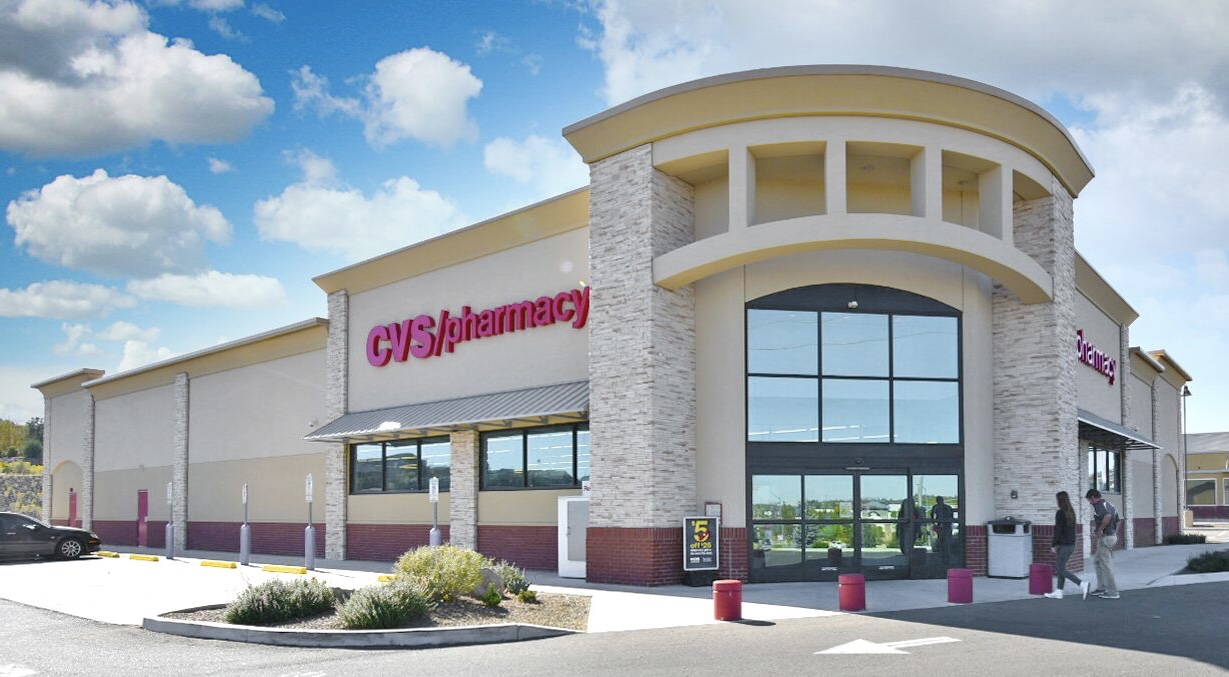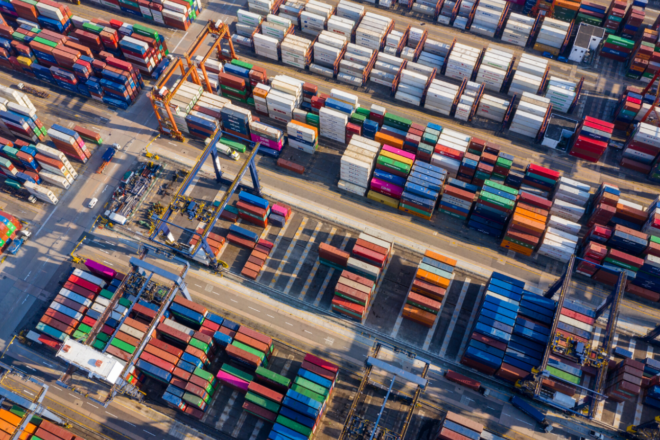Written by Dan Rogney, Esker Senior Writer
In March 2020, whether ready or not, businesses across all industries were abruptly thrown into a roller coaster of tough business challenges. Some made it out relatively unscathed, others held on, many more fell.
Today, despite the “initial system shock” of COVID far behind us, countless companies are still trying to find their place in an unstable landscape – the supply chain crisis being a particularly vexing disruption.
How Cash Position Affects Supply Chain Efficiency
The lingering pandemic has made global supply chains even more vulnerable than they already were – in many cases, forcing supply chain managers to focus on things outside their normal scope, such as minimizing the amount of money tied up in inventory and other areas of the business. For example, organizations that buy supplies overseas are all competing for the same goods—goods that are needed to serve their customers. The “winner” in this supply chain impasse is ultimately the company with the most cash on hand.
The question is how companies – many of which are themselves cash-strapped in a still uneven economy – unlock trapped cash and increase working capital to get the products they need to serve customers and stay competitive. ?
As Aaron LeHew of Esker explained on S2 Episode 9 of Esker On Air, businesses need to be proactive in implementing creative ways to set themselves up for success. “Even organizations with a strong balance sheet can be exposed to risk through the [financial] the health of their customers and suppliers,” says LeHew. “Now is the time to either seize or maintain a competitive advantage, or risk damaging the financial health of the organization throughout the supply chain.”
The role of automation in optimizing working capital
To maintain liquidity through 2022 and weather the current supply chain crisis, companies will need to find new “levers” to pull that help free up cash quickly. For many, AI-powered automation solutions are an enabler to achieve this through their proven ability to:
- Free staff from manual and repetitive tasks that hinder their ability to perform value-added tasks and slow down cash conversion
- Empower multiple teams and departments with increased financial monitoring, predictive analytics, and performance tracking
- Improve the customer experience by offering self-service tools and greater autonomy
Ultimately, this all equates to smarter growth and increased financial resilience – things every business will need whenever the next a roller coaster rushes in to take us for a ride.
This article is sponsored by Esker












